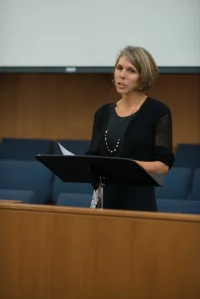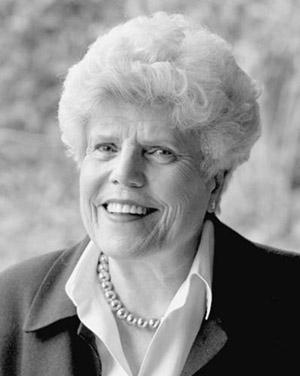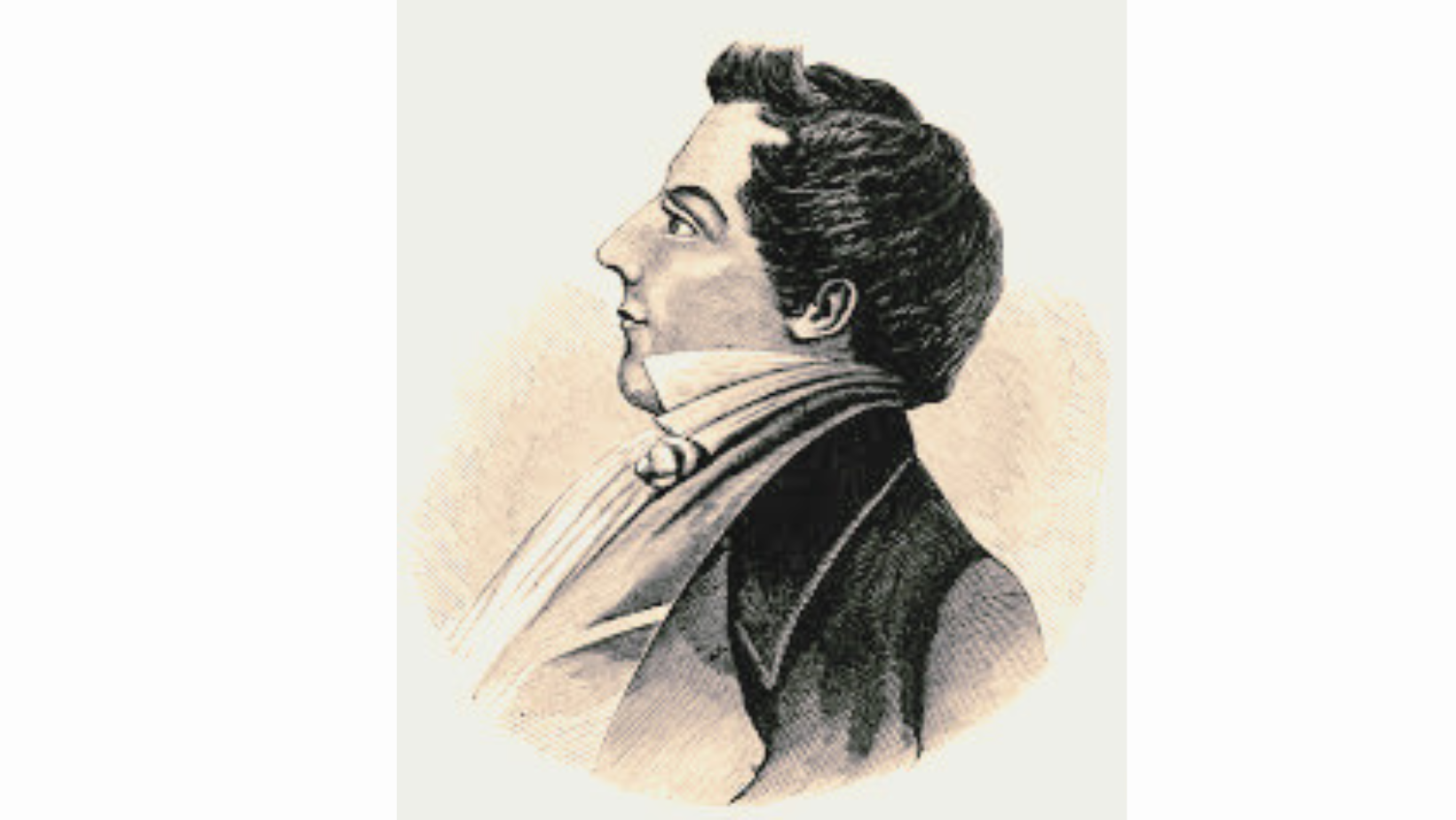NEW EDITOR FOUND: Dr. Boyd Jay Petersen Named Next Editor of Dialogue: A Journal of Mormon Thought
January 29, 2015The Board of Directors of Dialogue Foundation, publisher of Dialogue: A Journal of Mormon Thought, has selected Dr. Boyd Jay Petersen to serve as the journal’s next editor. Petersen will succeed Kristine Haglund when her term as editor ends December 31, 2015.









